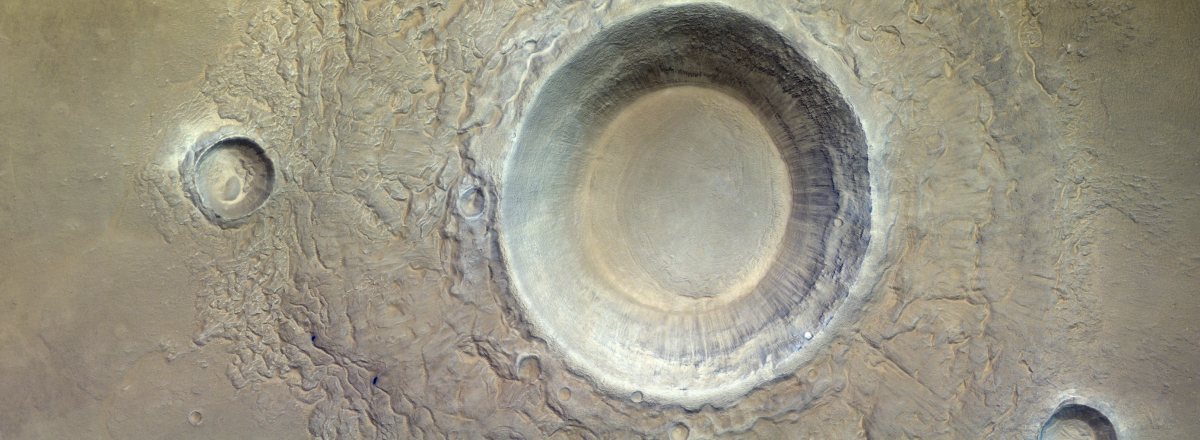ESA's Mars Orbiter Captures Image of Its Largest Crater in Utopia Planitia
Estimates suggest that thousands of cubic kilometers of frozen water are buried beneath the surface, hinting at Mars' climatic history and its capacity to host life forms in the ancient past.

The European Space Agency (ESA) has released a new image of Utopia Planitia, the largest known impact crater in the Solar System, captured by the ExoMars Trace Gas Orbiter. This colossal crater, located on Mars, measures about 3,300 kilometers in diameter, dwarfing Earth's Sahara Desert in size.
The recent high-resolution image from ExoMars provides a detailed view of the crater's icy features, believed to be remnants of the Red Planet's watery past. Taken from just 400 kilometers above the Martian surface, the image shows the crater filled with smaller impact craters and dusted with frost, remnants from the Martian winter.
Historically, Utopia Planitia has intrigued scientists due to its potential underground ice reserves, first discovered in 2016. Estimates suggest that thousands of cubic kilometers of frozen water are buried beneath the surface, hinting at Mars' climatic history and its capacity to host life forms in the ancient past.
The ExoMars orbiter, equipped with the Colour and Stereo Surface Imaging System (CaSSIS), continues to explore Mars, focusing on its atmospheric gases and mapping water-rich locations. This mission not only helps scientists understand Mars' geological features but also aids in the search for signs of ancient life, leveraging data to piece together the planet's hydrological history.

